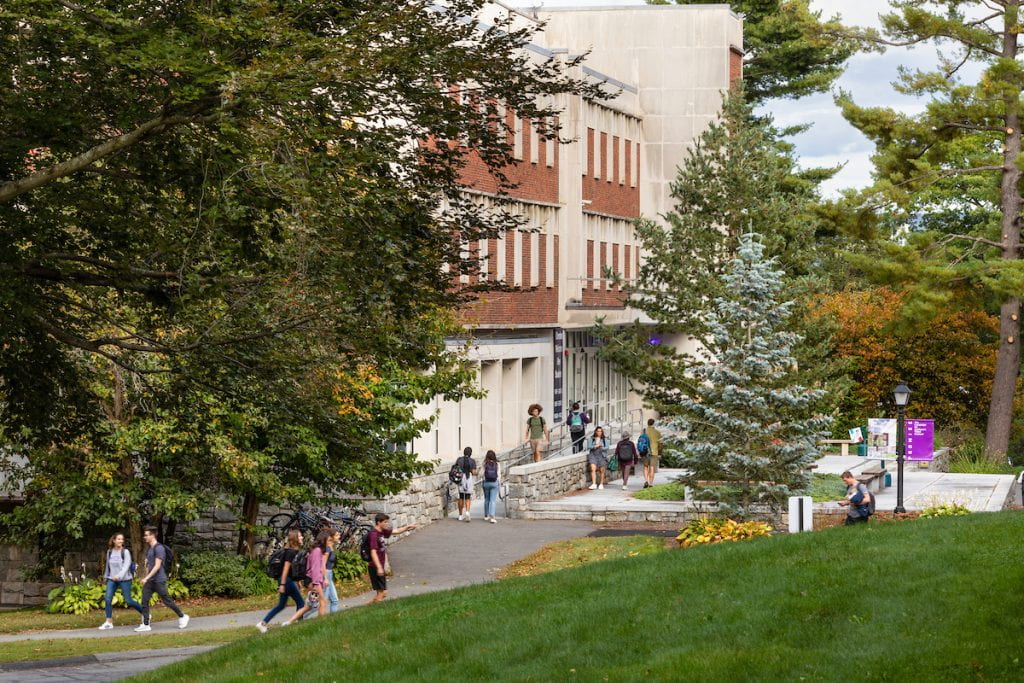Before coming to Amherst, my knowledge about sustainability was minimal. The most I knew about sustainability was that people should recycle, save water, and not use too much electricity. My knowledge of sustainability has definitely expanded ever since coming to Amherst, as one of Amherst College’s priorities is supporting sustainability. This is relevant in almost every aspect of the college’s architecture and programs.
In terms of architecture, Amherst is currently undergoing construction to transition to a new heating system that’s more eco-friendly. Some buildings at Amherst are already built with sustainability in mind, such as the Science Center and its use of solar panels for energy, but the college is going above and beyond to follow a Climate Action Plan and improve the infrastructure of all the buildings in the college by 2030. Part of this plan is also that new student center that’s being built with sustainability in mind.
Most notably, sustainability is kept in the conversation by Amherst’s Office of Sustainability. This office has a variety of programs and seeks to educate students and faculty about how sustainability at Amherst can be improved. For example, they distribute informational flyers to CA’s, who are in charge of overseeing certain floors of dorms, to put up around the dorms. These flyers often include information about eco-friendly ways to do laundry, access transportation around the Pioneer Valley, and preserve energy within dorm rooms. At one point, the Office of Sustainability even offered free laundry detergent sheets to encourage students to utilize this eco-friendly alternative to detergent pods, but sadly this program has been discontinued. Also, before students leave campus for every break, Housing Operations usually emails students reminding them to unplug all devices and turn off the lights to preserve electricity. Flyers with sustainability information about food waste and how to sort food into the correct bins are posted up around Valentine Dining Hall. Furthermore, the to-go boxes, cups, and utensils are all compostable to reduce the overall waste generated by the dining hall.
I also get a lot of exposure to the college’s sustainability initiatives because one of my teammates is really involved in sustainability efforts at Amherst. She actually pioneered the sustainability office hours program and stayed at Amherst during the summer after her freshman year to help develop the sustainability program at Amherst. It’s inspiring to see fellow students contribute to Amherst’s sustainability initiatives, and I hope to be able to do so in the future too!
